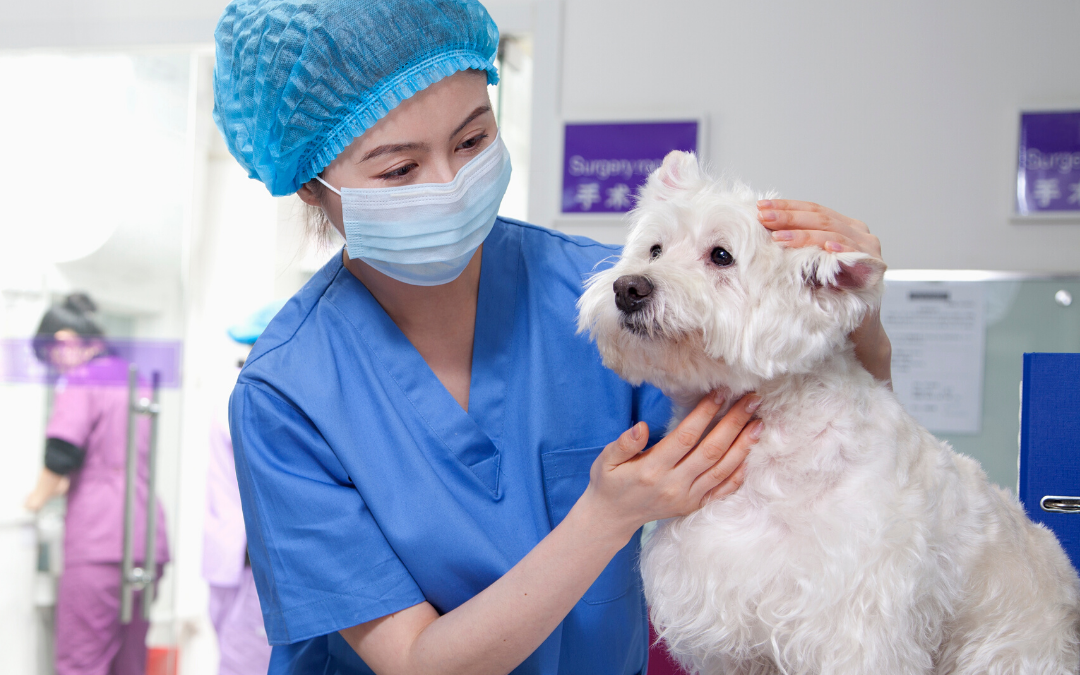The What, Why, and How of VCPR and its relationship with Telehealth.
What is a Veterinary-Client-Patient Relationship?
Professional veterinarians adhere to the Principles of Veterinary Medical Ethics (PVME), which includes the Veterinary-Client-Patient Relationship (VCPR).
The VCPR is an established relationship between a veterinarian, owner or producer, and patient or herd. Having a VCPR allows veterinarians to give appropriate, knowledgeable medical advice and form differential diagnoses list.
As the VCPR offers the most utmost value and plays a vital role in the success of your clinical practice, it is essential to check your compliance with all requirements. To qualify for VCPR, the veterinarian must:
- Assume the responsibility for making clinical judgments regarding the health of the patient.
- Know the patient to initiate at least a general or preliminary diagnosis of the medical condition.
- Is readily available for follow-up evaluation of the patient.
- Provides patient oversight of treatment, compliance, and outcome.
- Maintains patient records.
Check your status of VCPR with the qualifications defined in Section III of the AVMA’s Principles of Veterinary Medical Ethics.
Why is VCPR Important to Your Clinic?
In order for a veterinarian to prescribe medications to a patient, a VCPR must be established. This is legally required in many states in order to ensure that animals receive the best possible, informed care. Having an intact VCPR is essential for the ethical treatment of animals.
How Do You Develop This Relationship?
You can establish a VCPR relationship through an in-person visit and physical examination of the patient. To be kept current, the veterinarian must have evaluated the patient within the last 12 months.
Note, some state guidelines differ on this duration.
The veterinarian must communicate the status of the patient’s health to the owner, and relay any follow-up care or treatment options in a manner the owner can understand. This means being fully aware that all questions have been asked in answer.
Additionally, the veterinarian must maintain written records on the patient that they can refer to in the future. These exam findings are essential to establish the patient’s normal behavior, owner concerns, and determining when a problem may have originated.
More ways to improve your VCPR.

Telehealth:
A VCPR cannot be established without a veterinarian evaluating the animal in person. However, once the VCPR is established, a veterinarian can use telehealth to evaluate an animal. This could include via photos, video, or a video chat option. Often, the veterinarian may use telehealth to recommend an in-person appointment or request the owner bring in samples for further diagnostic tests to be performed.
Veterinarians can increase their usage of telehealth with MeasureON!, which provides opportunities for efficiency and increased effectiveness of diagnosis. Patients can be monitored from home while professionals collect accurate vitals for diagnosis usage.

